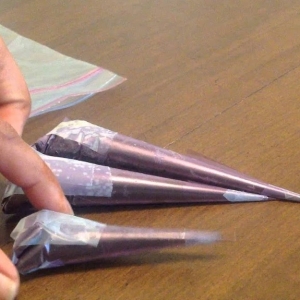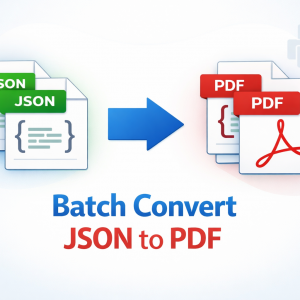The Flame Atomic Absorption Spectrophotometer (FAAS) is a prevalent analytical technique used to determine the concentration of metal elements in a sample. It operates on the principle of atomic absorption, where atoms in a flame absorb light at specific wavelengths, reducing the intensity of transmitted light. This article explores the types of flames used in FAAS as well as its applications, and its pros and cons to highlight its significance in analytical chemistry.

Types of Flames Used in FAAS
1. Air-Acetylene Flame:
Temperature: Approximately 2300°C
Stability: High degree of stability
Ideal for: Elements easily atomized at lower temperatures (e.g., sodium, potassium, calcium, magnesium)
Limitations: Not suitable for elements requiring higher temperatures for atomization (e.g., aluminum, chromium, iron)
2. Nitrous Oxide-Acetylene Flame:
Temperature: Approximately 2700°C
Environment: More reducing
Ideal for: Elements that are difficult to atomize with air-acetylene flame
Advantages: Prevents formation of refractory metal oxides
Limitations: Higher operating costs and requires additional safety precautions due to the use of nitrous oxide
Choosing the Right Flame:
Elements to be Analyzed: Different elements require different temperatures for atomization.
Concentration of Elements: Higher concentrations may necessitate a lower-temperature flame to prevent ionization.
Sensitivity Required: A higher-temperature flame may provide better sensitivity for certain elements.
Presence of Interferences: Some flames may be more susceptible to interferences from other elements.
Applications of FAAS
Flame atomic absorption spectrophotometer can analyze various samples for their metal and metalloid content. Examples include:
Liquid Samples:
Environmental: Water, wastewater, soil, sediment, air filters
Biological: Blood, serum, urine, tissues, food products
Geological: Rocks, minerals, ores
Industrial: Petroleum, lubricants, polymers
Pharmaceutical: Drugs, cosmetics
Solid Samples:
Powdered Samples: Can be directly analyzed after suitable preparation
Metals and Alloys: Can be dissolved in suitable acids and analyzed
Specific Elements Analyzed by FAAS:
Alkali Metals: Li, Na, K
Alkaline Earth Metals: Mg, Ca, Sr
Transition Metals: Fe, Cu, Zn, Mn, Ni, Co, Cr, Cd, Pb
Metalloids: As, Se, Sb, Bi
Advantages and Disadvantages of FAAS
Advantages:
High Sensitivity: Detects very low concentrations of elements, typically in ppm or ppb range.
Wide Linear Range: Absorption of light increases proportionally with analyte concentration over a wide range.
Multi-Element Analysis: Can analyze multiple elements simultaneously using different lamps.
Simple Sample Preparation: Often involves dissolving the sample in an appropriate solvent.
Cost-Effective: Relatively inexpensive to purchase and operate compared to other analytical techniques.
Disadvantages:
Limited Atomization Efficiency: Only a small fraction of the analyte is converted into atoms, limiting sensitivity for some elements.
Matrix Interferences: Other elements in the sample can interfere with the analysis.
Limited Applicability: Not suitable for volatile elements or elements difficult to atomize.
Limited Elemental Range: Primarily used for metals and some non-metals, not suitable for organic compounds.
Environmental Concerns: Use of flammable gases can be a safety hazard and harmful to the environment.
Chemical Interferences: Certain chemicals in the sample can interfere with atomization, leading to inaccurate results.
Alternative Techniques:
Graphite Furnace Atomic Absorption Spectrometry (GFAAS): Offers higher sensitivity than FAAS.
Inductively Coupled Plasma Atomic Emission Spectrometry (ICP-AES): Can analyze a wider range of elements.
Inductively Coupled Plasma Mass Spectrometry (ICP-MS): Provides the highest sensitivity among atomic spectroscopy techniques.
Conclusion:
FAAS is a powerful analytical technique known for its simplicity, sensitivity, and wide applicability. Despite its limitations, it remains a popular choice for analyzing metal elements in various fields. Selecting the appropriate flame type and optimizing analytical conditions are crucial for achieving reliable and accurate results.







